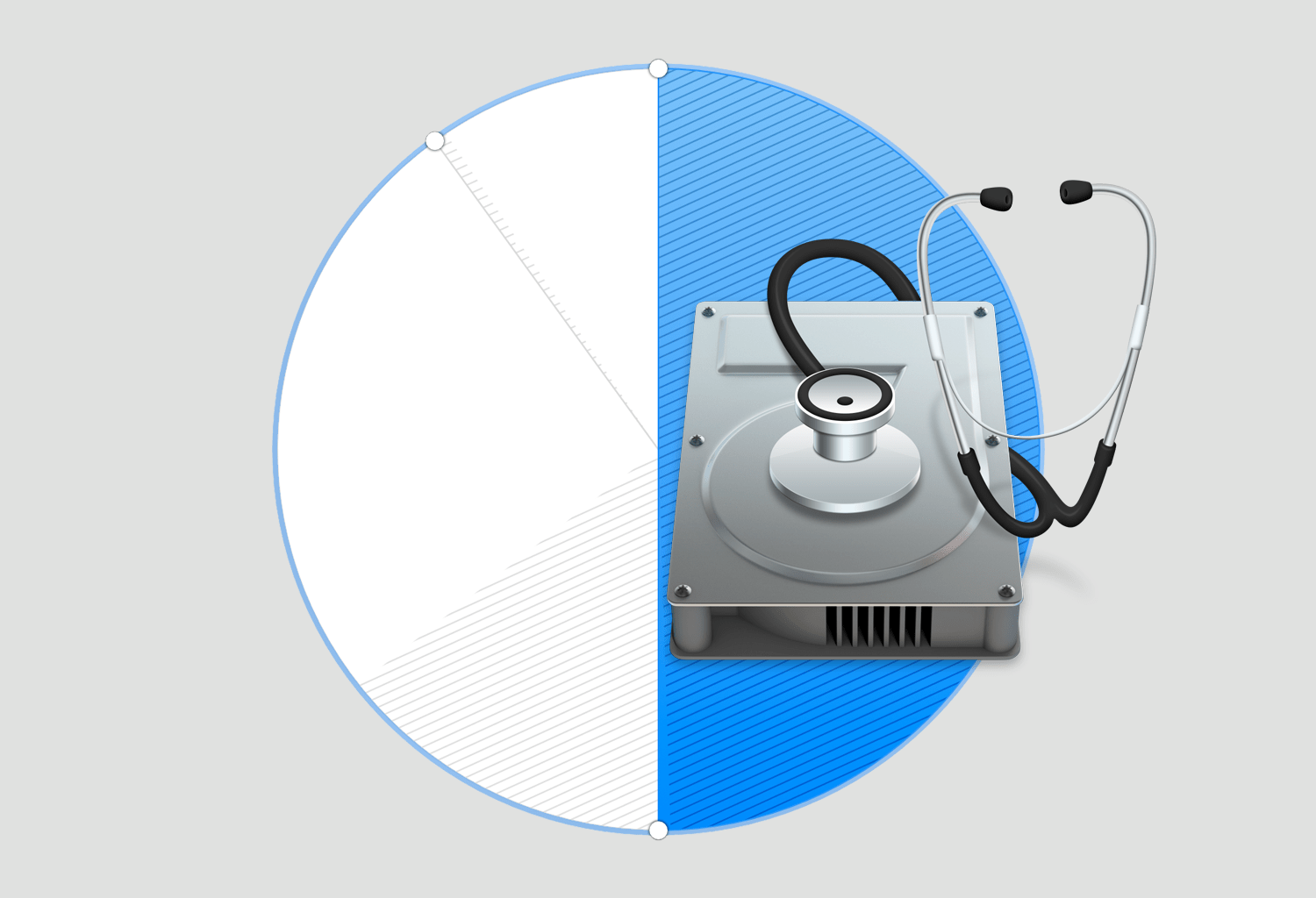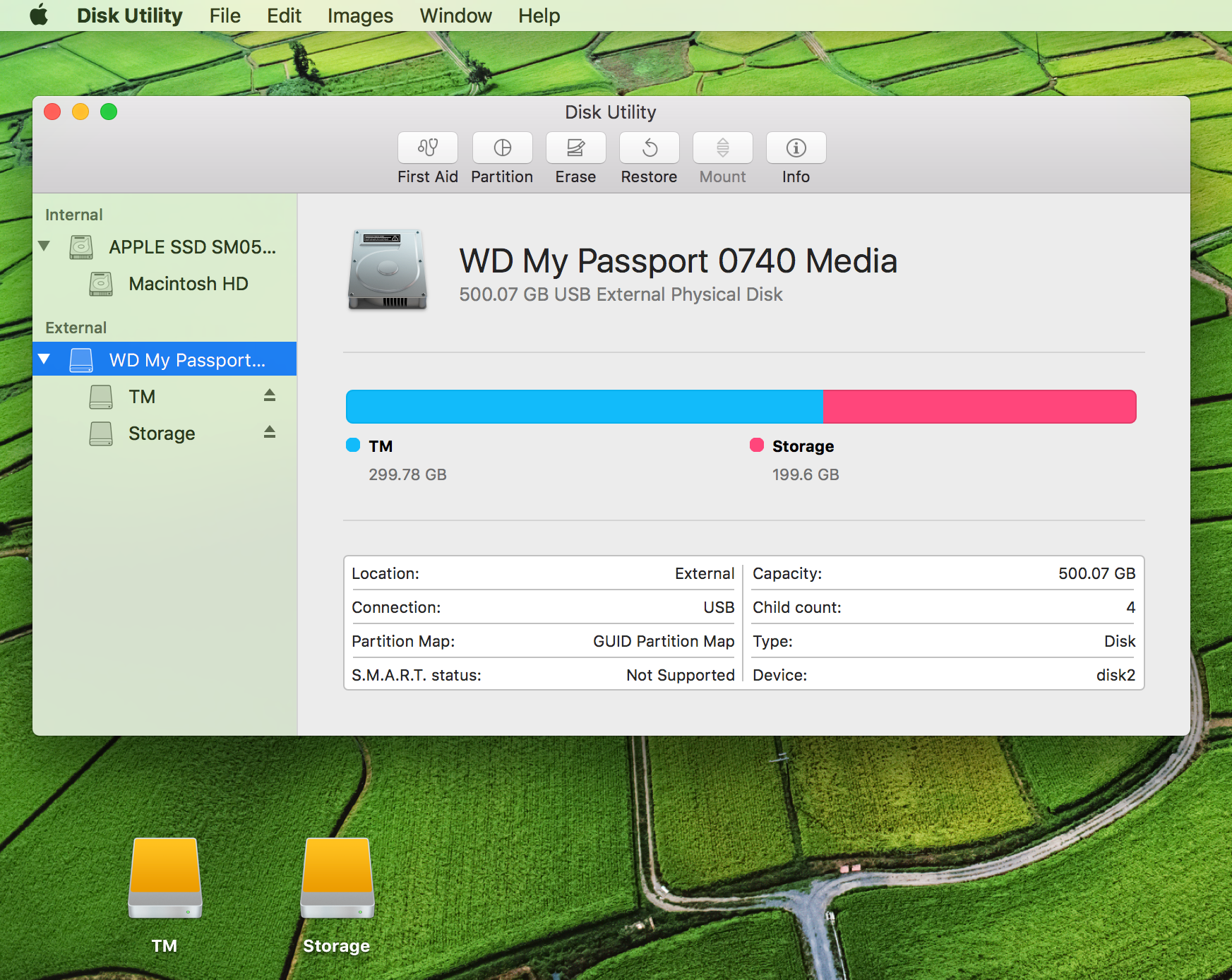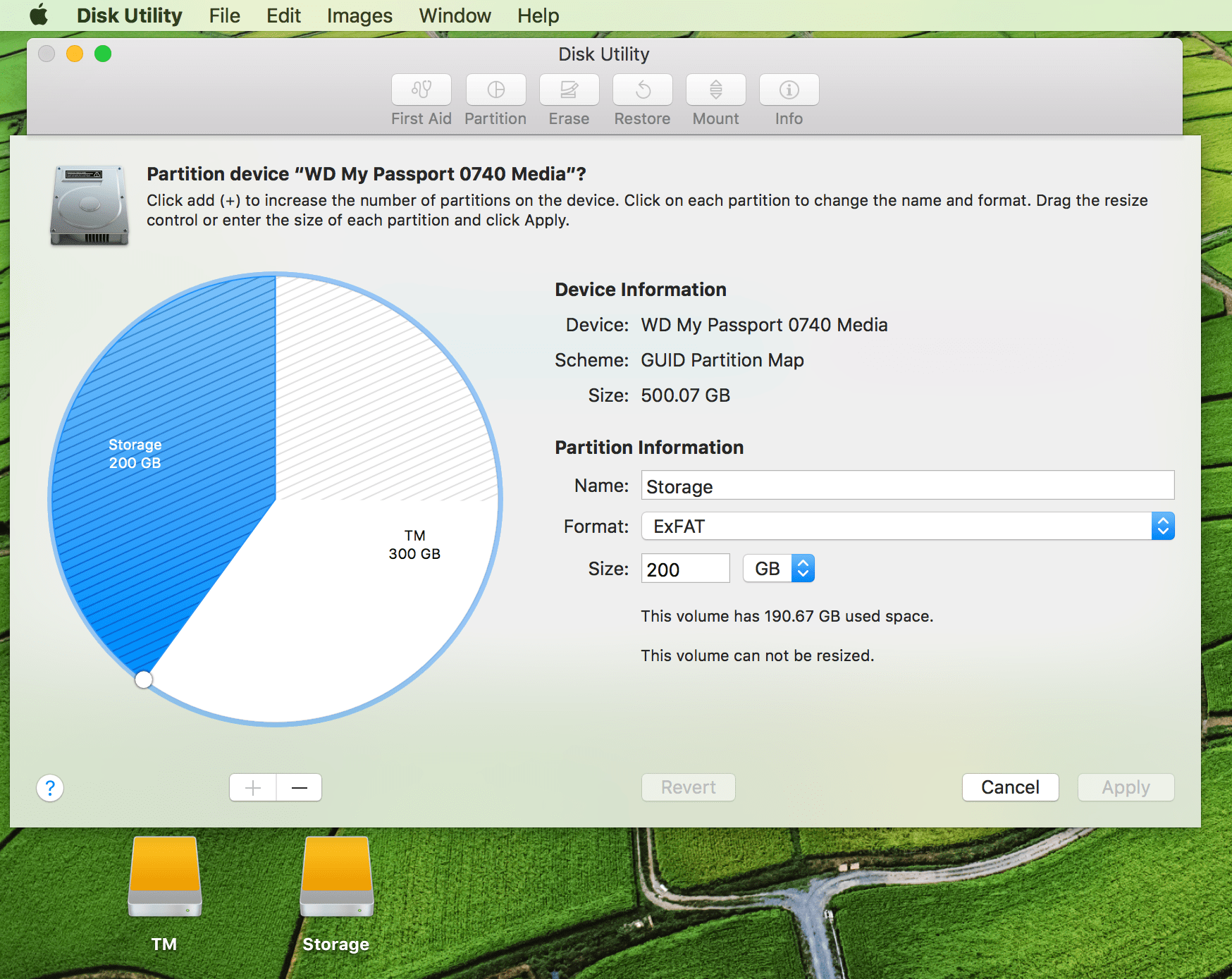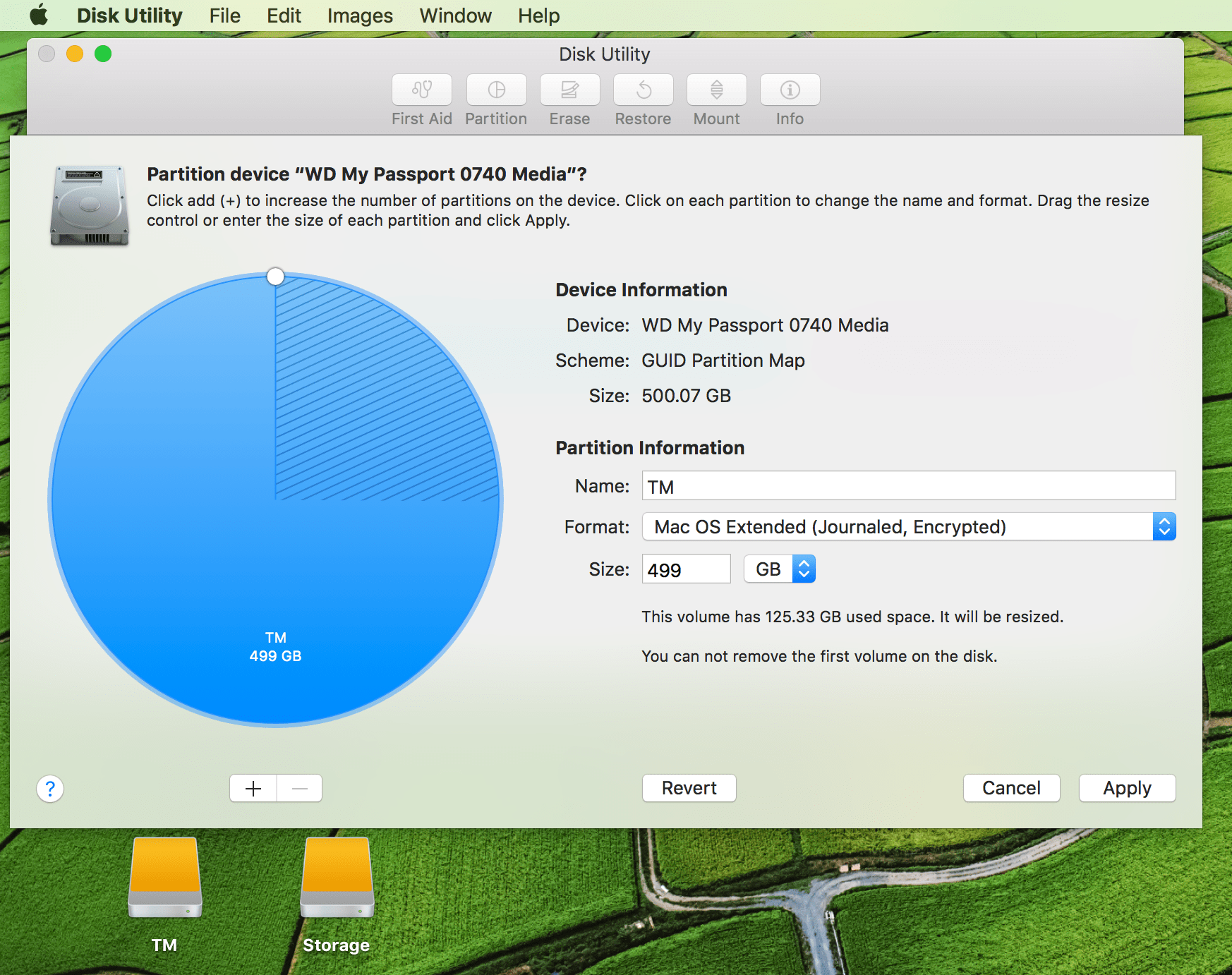This guide shows you how to safely delete partitions from a hard drive or SSD using the built-in Apple Disk Utility app on your Mac.

Following up on our guide about creating disk partitions on macOS, we’ll now cover how to delete unneeded partitions.
But before we go any further, remember that manipulating drives, and especially removing partitions, is a process that goes hand in hand with removing the data on them. Check what you’re doing at each stage, and have any critical data backed up first.
Note: In our guide on creating new partitions, we noted that even though you can, you must not create partitions on your Mac’s internal drive. Instead, you should create new volumes that can flexibly share the internal SSD space. However, if you did create a partition on your internal drive, you can follow the steps outlined here to delete them. Just triple-check everything to ensure you do not accidentally delete the partition with all your important files.
Delete partition from hard disk or SSD on Mac
1) Launch Disk Utility from the Applications > Utilities folder or via Spotlight.
2) Locate the disk which you want to edit in the left-hand sidebar. If you cannot find your drive there, ensure it is working, connected to power, and plugged into a compatible port. Try disconnecting and reconnecting it if necessary. Any drives not appearing in the sidebar cannot be edited by Disk Utility. If the drive you want is greyed out, select it and hit the Mount button in the top bar to continue.
3) Select the disk (not its sub-heading partitions) to be formatted in the sidebar, and make sure its information is shown in the main pane.
Important: Any changes made in the main pane will be applied to the disk selected in the sidebar, so make sure you have the correct one selected before each step.

As you can see from the above image, I have a Western Digital hard drive, which is split into two partitions. I want to remove the second partition on the disk titled Storage.
4) Click the Partition button in the top bar. A window of options will appear, showing your current partition map.
The disk’s partitions are shown in a pie chart, going clockwise in terms of physical position on the disk (my first partition is TM, and the second is Storage).

5) To remove a partition, first select it by clicking on it in the pie, then click the minus symbol (-) button beneath the pie. Multiple partitions can be removed at a time.

Bear in mind you can remove as many partitions as you like, but there are some rules governing the process. The first partition on the disk cannot be removed; it can only be resized/reformatted. The very first partition also cannot be deleted as it contains the Partition Scheme, but this partition is not editable/visible in Disk Utility anyway, so don’t worry about it. If you want to change that one, you must reformat the entire disk to a new Partition Scheme, which wipes all partitions on the disk.
Deleting a partition at the end of the disk will normally cause the partition before it to be automatically grown to fit the space it has left unless you add a replacement partition there instead. However, partitions in file formats other than Mac OS Extended (Journaled) may not be eligible for resizing in this way. If this happens, not only can that partition not be resized, but all partitions after it on the disk cannot be removed either because the ineligible partition preceding them cannot grow to fill their space. This is easily solved; simply reformat the non-Mac OS Extended (Journaled) partition to an eligible partition first, then remove it and any subsequent partitions that you want rid of.
If you’re working with CoreStorage partitions, they may need to be reverted to simple partitions before certain operations can be performed, though, in my experience, they do not affect the removal of subsequent partitions on the disk and can be resized easily, too.
Important: Obviously, any partitions that you remove or re-format will be WIPED of their data.
6) Once you’re happy with your new layout, have removed all the partitions you want to, and have resized previous partitions to fill their space or replaced them, hit the Apply button to make your changes.

7) A confirmation will appear, summarizing the resizes, removals, and additions. Read the confirmation carefully to ensure you’re not about to delete a partition you didn’t intend to by mistake, then click Partition.
8) This should finish everything up. After a bit of unmounting and remounting, your drive’s remaining partitions should reappear.
The removal and addition of partitions can be finicky, especially when dealing with logical volumes and different file formats, so if you have a more complex setup that is not covered here, feel free to check Apple’s Support page or ask a question in the comments section.
Check out next: How to connect and use a flash drive, hard disk, SSD, or SD card with your iPad